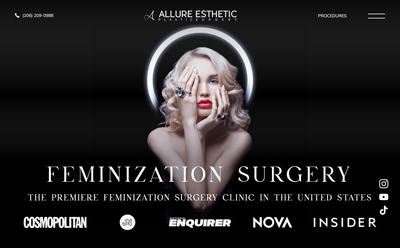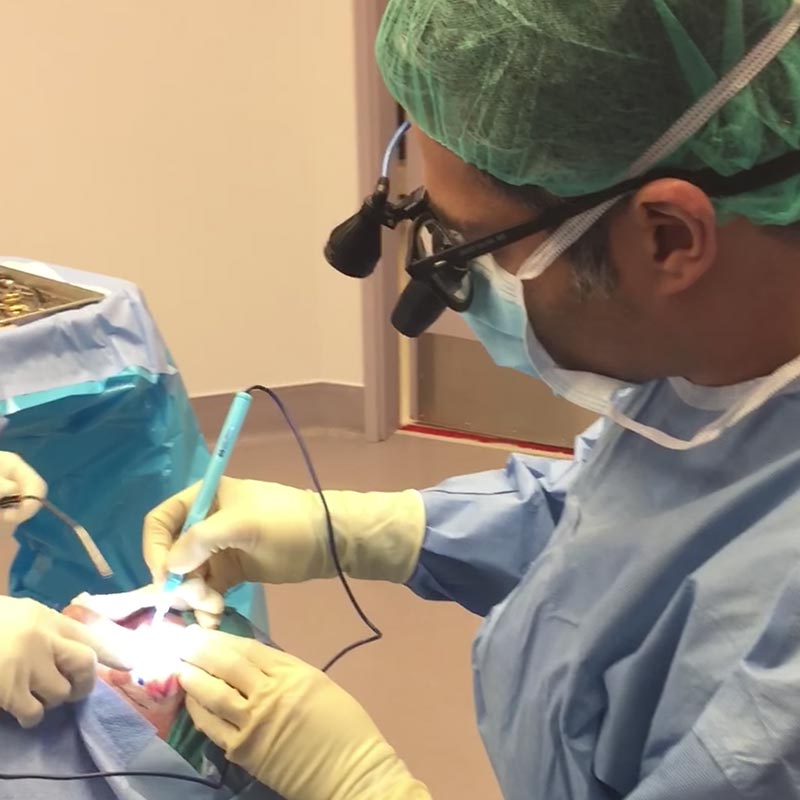The Best Lower Blepharoplasty In Seattle At Allure Esthetic Plastic Surgery
Dr. Javad Sajan is an accomplished and experienced plastic surgeon in Seattle, WA. He has years of experience performing many types of plastic surgery including eyelid surgery, facelift, and rhinoplasty. Allure Esthetic Plastic Surgery offers the best lower blepharoplasty Seattle provides patients.
Allure Esthetic Plastic Surgery is located in Seattle’s First Hill neighborhood. With a cozy and welcoming lobby with amenities including free coffee, juice, tea, and freshly baked cookies. To learn more and schedule a consultation with Dr. Sajan, call 206-209-0988. Patients can also reach out online via chat, contact form, or Price Simulator.
Get Started FeminizationSurgeries.com
FeminizationSurgeries.com




